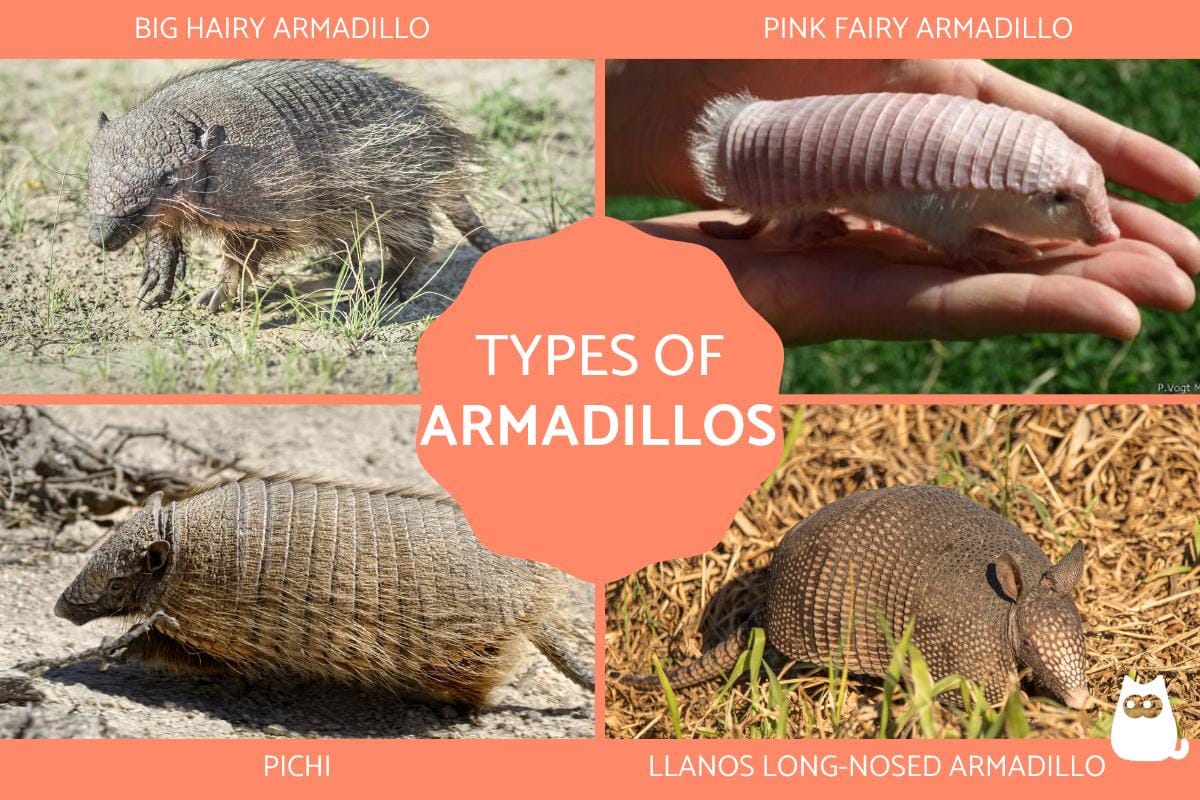This guide provides essential information about armadillo behavior, the potential risks of interacting with them, and how to stay safe.
Decoding Armadillo Bites
Armadillos can bite, but it’s highly unlikely. They are generally peaceful and would much rather use their powerful claws for digging or burrowing than for biting. Their teeth are small and peg-like, designed for munching on insects, not for inflicting serious bites. Think of a bite more as a pinch than a powerful chomp.
When Might an Armadillo Bite?
Bites typically occur only under specific circumstances:
- Feeling Trapped: A cornered armadillo, feeling it has no escape route, might bite defensively.
- Being Handled: Handling a wild armadillo can frighten it, leading to a defensive nip. Admire them from a distance!
- Accidental Encounters: Accidentally stepping on an armadillo could startle it into a reflexive bite.
What to Do if Bitten
While armadillo bites are usually minor, precautions are important:
- Clean the Wound: Wash the area thoroughly with soap and water.
- Apply Pressure: If bleeding occurs, apply gentle pressure with a clean cloth.
- Monitor for Infection: Watch for redness, swelling, or increased pain, and consult a doctor if anything seems unusual.
- Rabies Concern: Armadillos can carry rabies, though it’s rare. If you have any concerns or the bite seems serious, seek medical advice immediately.
Debunking Armadillo Attacks: Myths vs. Reality
Are armadillos dangerous? Do they attack humans? The answer is generally no. They are far more interested in insects and grubs than confronting humans. Their primary defense is curling into a ball, relying on their bony plates for protection. If they have space, they’ll likely run away. While not aggressive, a cornered or threatened armadillo might bite defensively. Remember, even though their bites are unlikely to cause serious harm, any bite should be cleaned thoroughly and monitored for infection.
One important concern is leprosy. Armadillos can carry the bacteria that causes this disease. While transmission to humans is rare, it’s possible, particularly in the southern United States. Avoid handling armadillos, dead or alive, and don’t consume their meat.
Staying Safe Around Armadillos
- Give them space: Don’t approach, pet, or corner them.
- Secure your property: Keep your yard clean, seal potential entry points under decks or sheds, and consider a sturdy fence buried a few inches underground.
- Remove attractants: Eliminate food sources like insects and grubs.
The Surprising Dangers of Touching an Armadillo
While the bite of an armadillo presents minimal danger, the real risk lies in potential disease transmission. Touching an armadillo significantly increases the chances of contracting diseases like leprosy and, less commonly, rabies.
Disease Transmission
Leprosy transmission probably happens through direct contact with the armadillo, its burrow, or its surroundings where bacteria might linger. Transmission isn’t primarily through bites, but rather through:
- Scratches: Their sharp claws can carry the bacteria that causes leprosy.
- Environmental Contamination: Armadillo burrows and feces can harbor the leprosy bacteria.
- Handling Carcasses: Contact with infected carcasses poses a very high risk of leprosy transmission.
While rabies transmission is possible, armadillos rarely bite, lowering the risk compared to other rabies vectors. They may also carry parasites such as tapeworms.
Safe Practices Around Armadillos
- Avoid Contact: Never touch or handle armadillos, dead or alive.
- Gardening Precautions: Wear gloves when gardening in areas where armadillos are present, and wash your hands thoroughly afterward.
- Professional Removal: Contact professionals if you have an armadillo infestation. Don’t attempt to handle them yourself.
Are Armadillos Friendly? Separating Fact from Fiction
Armadillos aren’t friendly in the way we typically think of pets. They are solitary creatures, more focused on their own survival than interacting with humans. They prioritize self-preservation and are likely to flee if encountered. “Friendly” is a misconception; their behavior is driven by instinct, not affection. While generally docile, they aren’t cuddly companions.
Understanding Armadillo Behavior
Armadillos are primarily nocturnal and solitary. Their behavior revolves around foraging for insects and invertebrates. They rely heavily on their sense of smell. When threatened, their defensive behaviors include running, digging, jumping, and sometimes biting.
Armadillo Encounters: What to Expect
| Situation | Likely Armadillo Reaction |
|---|---|
| You approach it | Runs away |
| It’s cornered | Might bite or claw |
| You offer food | Probably ignores you |
| It sees a predator | Rolls into a ball (sometimes) or runs |
Respecting Boundaries for Mutual Safety
The best approach is to give armadillos plenty of space and a clear escape route. Observe them from a safe distance, appreciating their unique characteristics. Don’t handle, pet, or feed them. If you are bitten or scratched, seek immediate medical attention.
- Unveiling Bernhard Caesar Einstein’s Scientific Achievements: A Legacy in Engineering - July 15, 2025
- Uncover who is Jerry McSorley: CEO, Family Man, Business Success Story - July 15, 2025
- Discover Bernhard Caesar Einstein’s Scientific Contributions: Unveiling a Legacy Beyond Einstein - July 15, 2025
















1 thought on “Do Armadillos Bite? Understanding the Risks and How to Stay Safe”
Comments are closed.